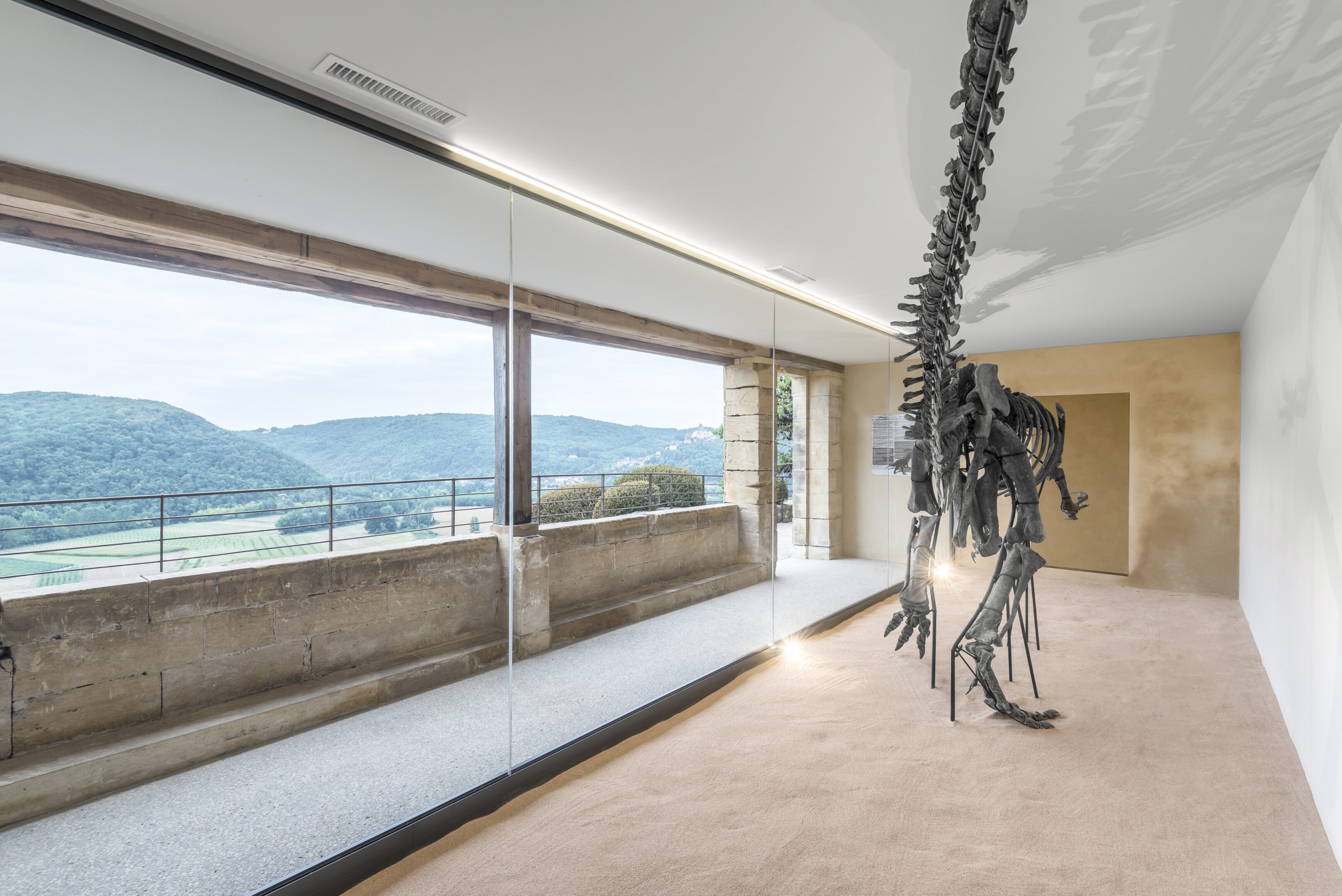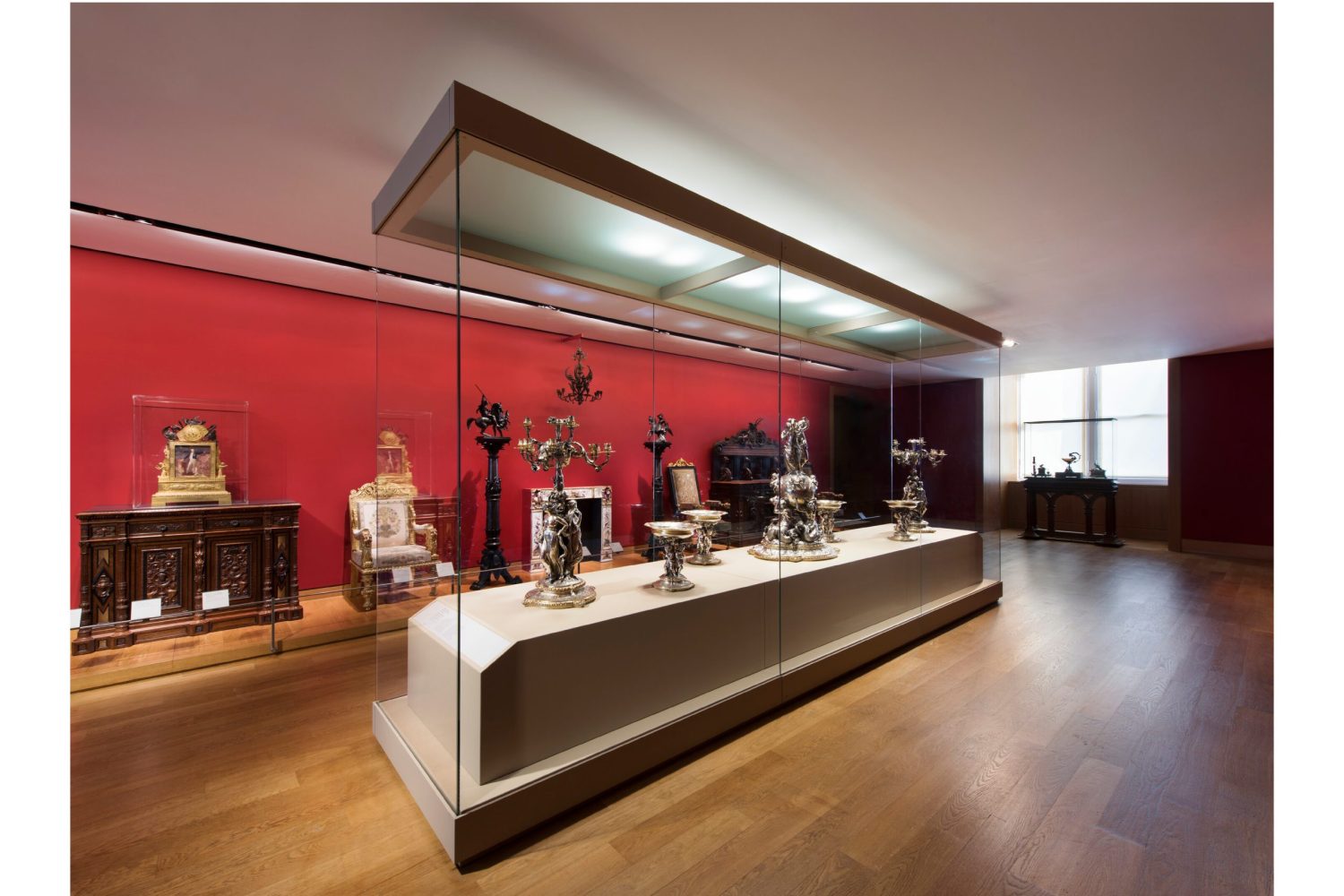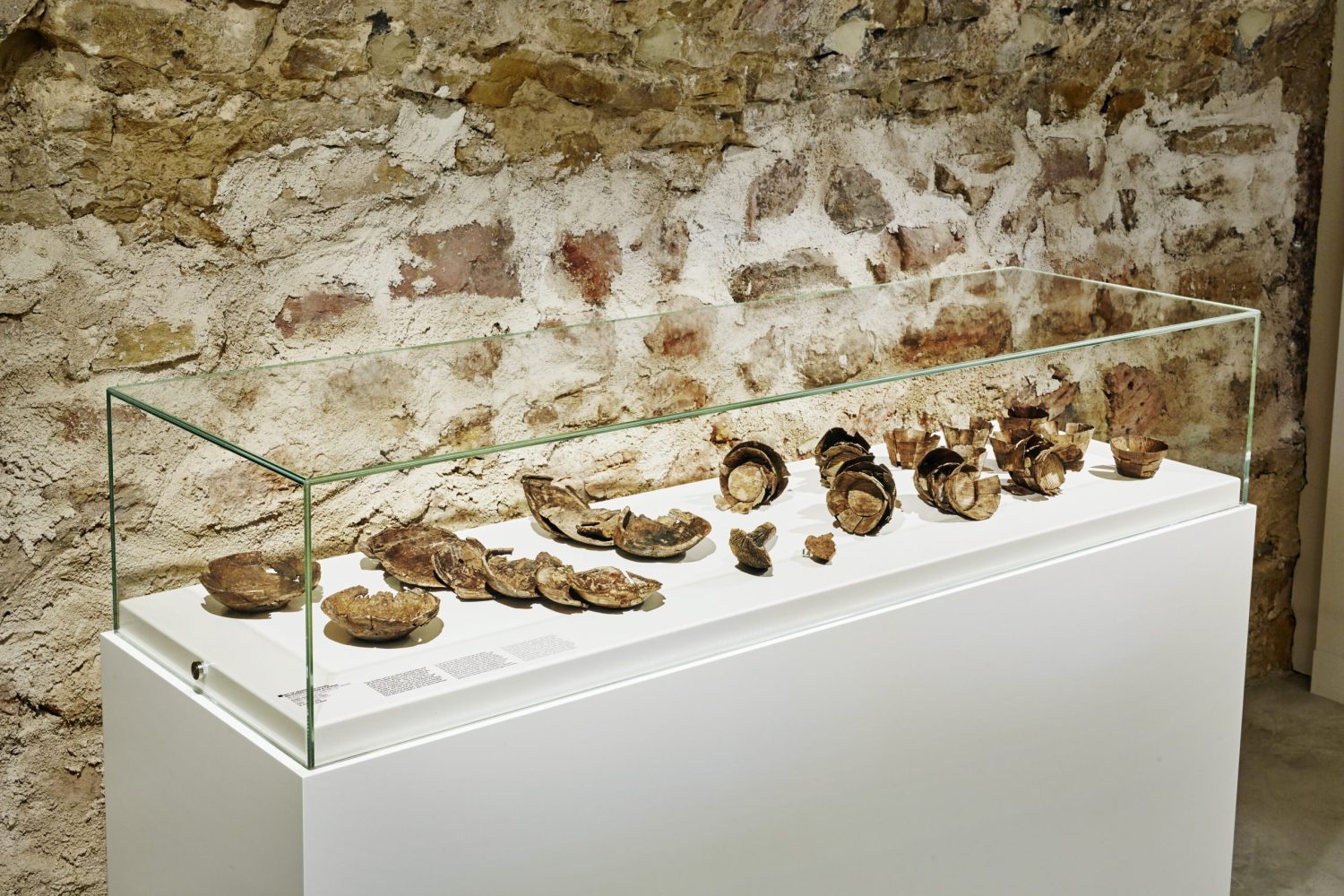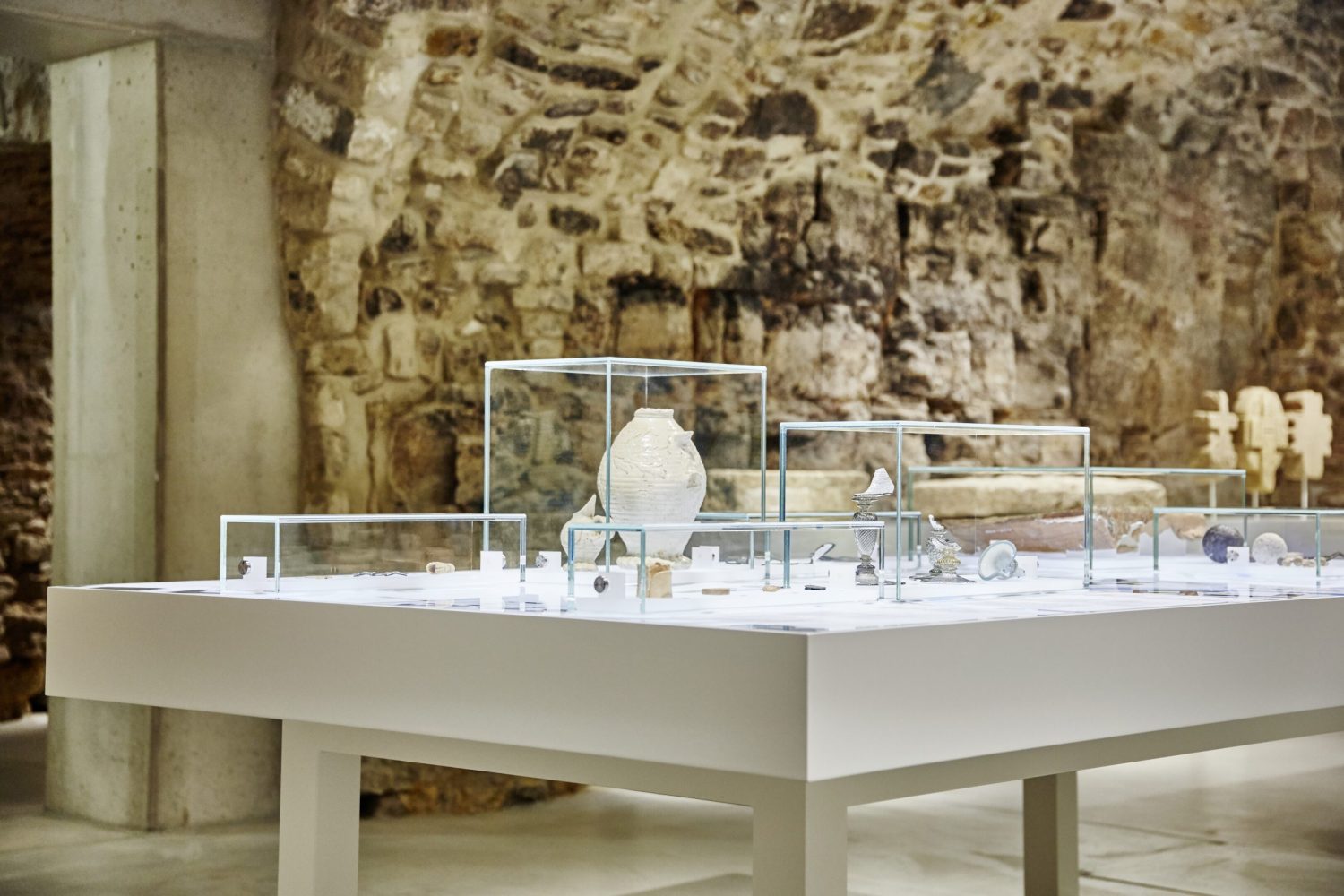
MUSEUM 02 | GUARDIAN GLASS
EXPLORE THREE EXAMPLES OF MUSEUM DESIGNS THAT USE GLASS TO BRING VIEWERS, CURATED SPACES, AND OBJECTS TOGETHER WHILE ALSO MEETING THE AESTHETIC AND SECURITY REQUIREMENTS THAT EVERY MUSEUM REQUIRES
TEXT: WARUT DUANGKAEWKART
PHOTO COURTESY OF GUARDIAN GLASS
(For Thai, press here)
Designing museum buildings entails not only creating aesthetically pleasing structures and spaces that can accommodate different curatorial programs but also ensuring the safety of artworks and artifacts, some of which are historically significant. A designer must also consider the development of a program that prioritizes the protection of both stored and displayed objects while still allowing viewers to clearly see and appreciate the details of each work. Glass is, therefore, chosen and used in a variety of ways to complement an exhibition’s story while keeping the exhibited objects protected and safe.

Marqueyssac Gardens Allosaurus
The Marqueyssac Gardens Allosaurus is a museum in Périgord, France, where the impressive 158-million-year-old fossil, measuring 7.5 meters long and 2.2 meters high, is displayed in the main foyer. The simple white exhibition space houses a spectacular presence of large transparent glass panels that allow the displayed fossil’s details to be clearly visible.
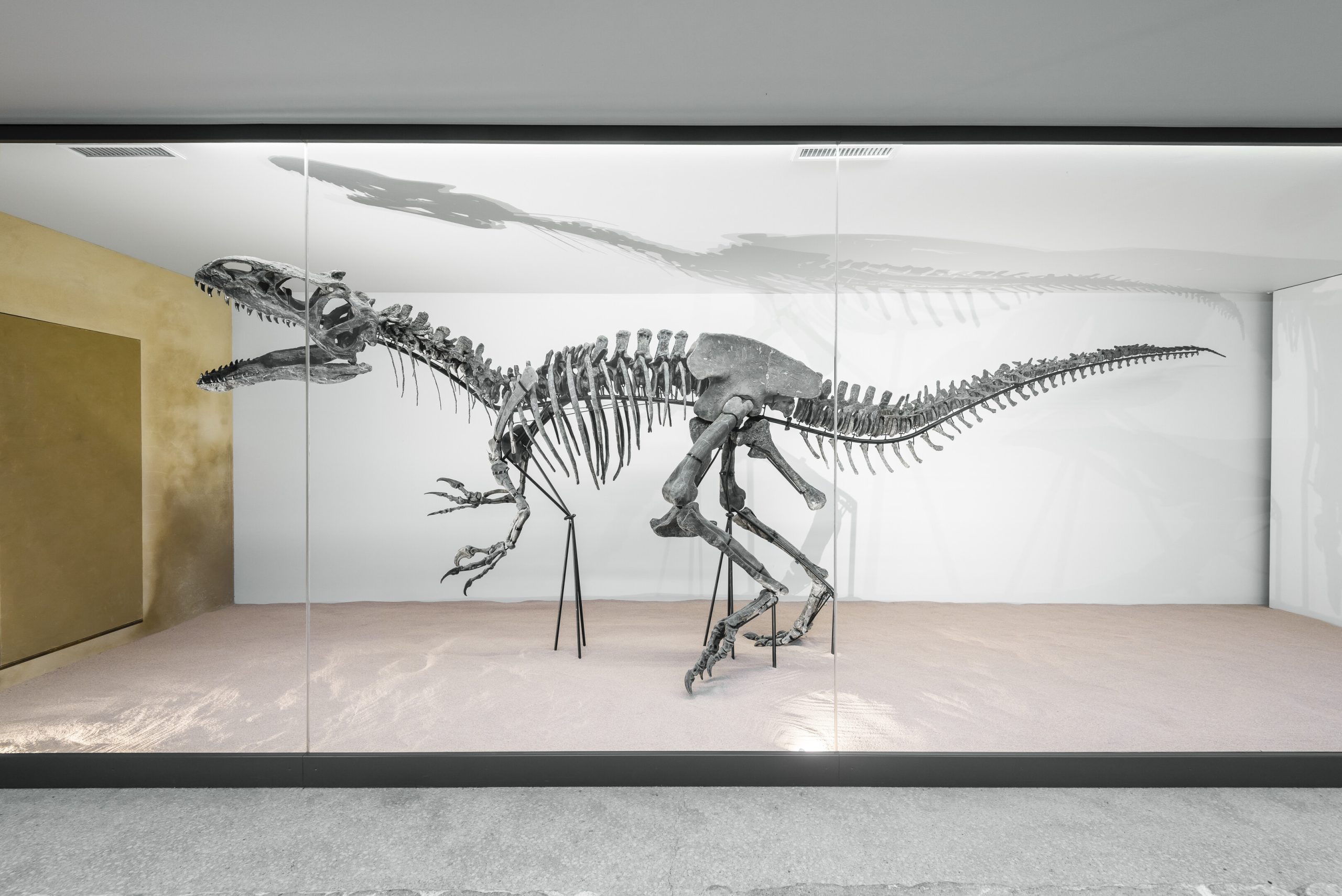
Marqueyssac Gardens Allosaurus
The exhibition space is part of the Louvre Museum Expo, where the Duc de Luynes section displays priceless ancient artworks and artifacts that require special maintenance to prevent any possible damage. The glass encasements used to guard the displayed objects are designed with light angles and directions in mind. Guardian ClarityTM was chosen for its exceptional properties that can reduce light reflection within an environment. The increased clarity enhances the visibility of the presented pieces.
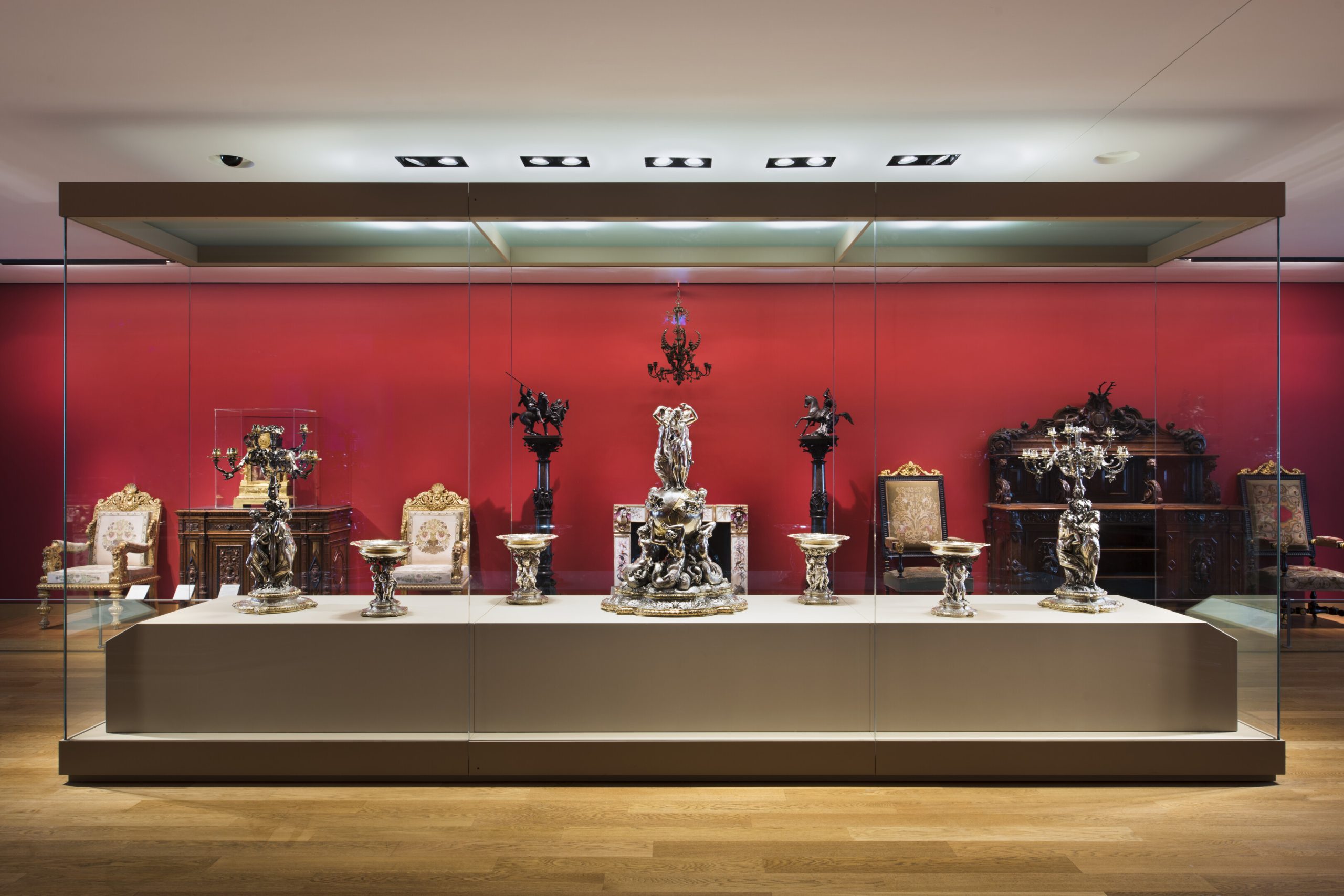
Louvre Museum Display
The MNHA (Luxembourg National Museum of History and Art) houses a collection of ancient objects and artifacts discovered in Luxembourg. Over 250 items are put together into an exhibition with all necessary security measures in place. Guardian ClarityTM is used in support of various parts and styles of the curatorial program, such as a glass wall or an encasement, each of which corresponds with each object’s unique physical attributes. The glass’s exemplary transparency effectively reduces reflections of the surroundings, enabling visibility of both the displayed object and the overall setting of the space.

MNHA
Glass, as an integral part of the exhibition, clearly serves as a mediator, bringing viewers, curators, curated spaces, and objects together while also meeting the aesthetic and security requirements that every museum requires.
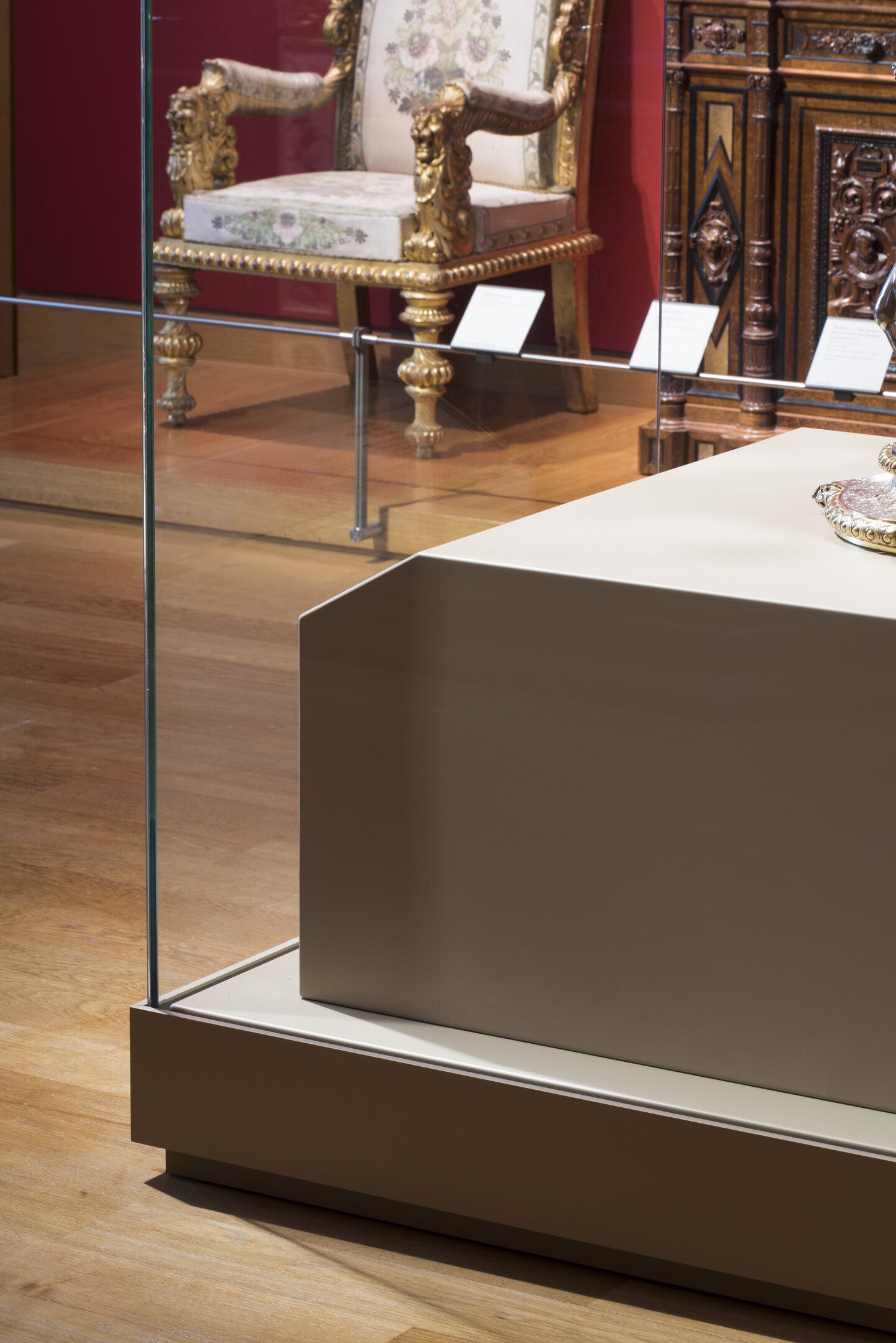
Louvre Museum Display
For further information you can contact our experts, by visiting us at:
Official Website / https://www.guardianglass.com/ap/en
Official Facebook / https://www.facebook.com/guardianglassap
Email / guardiansupport@guardian.com

